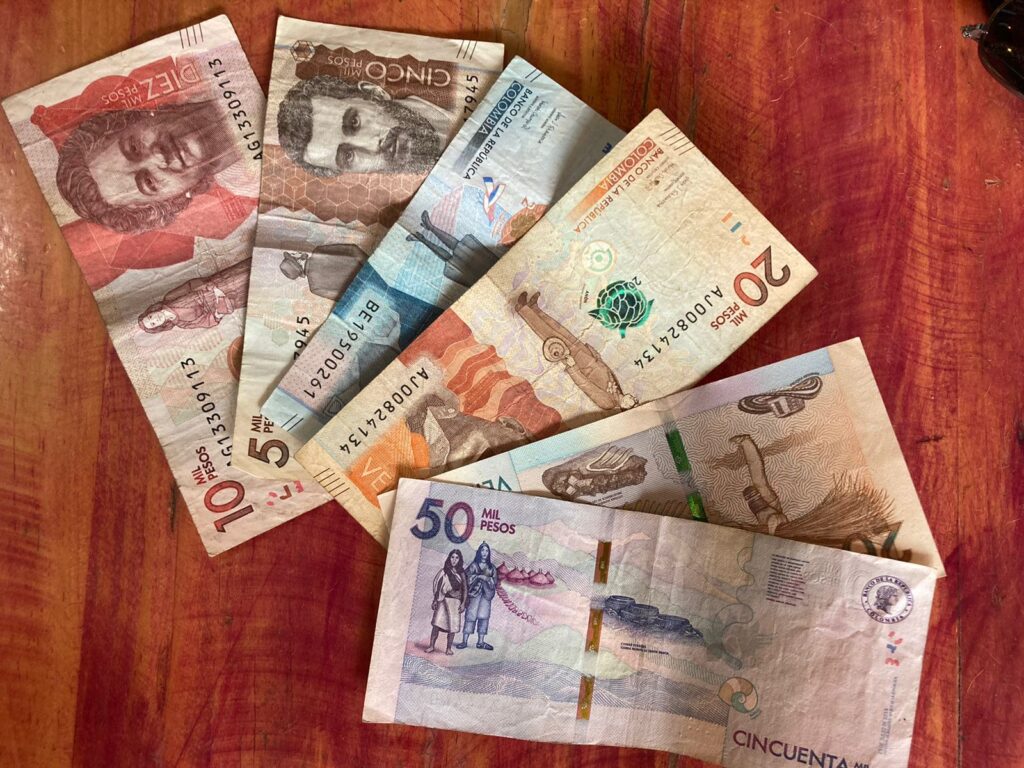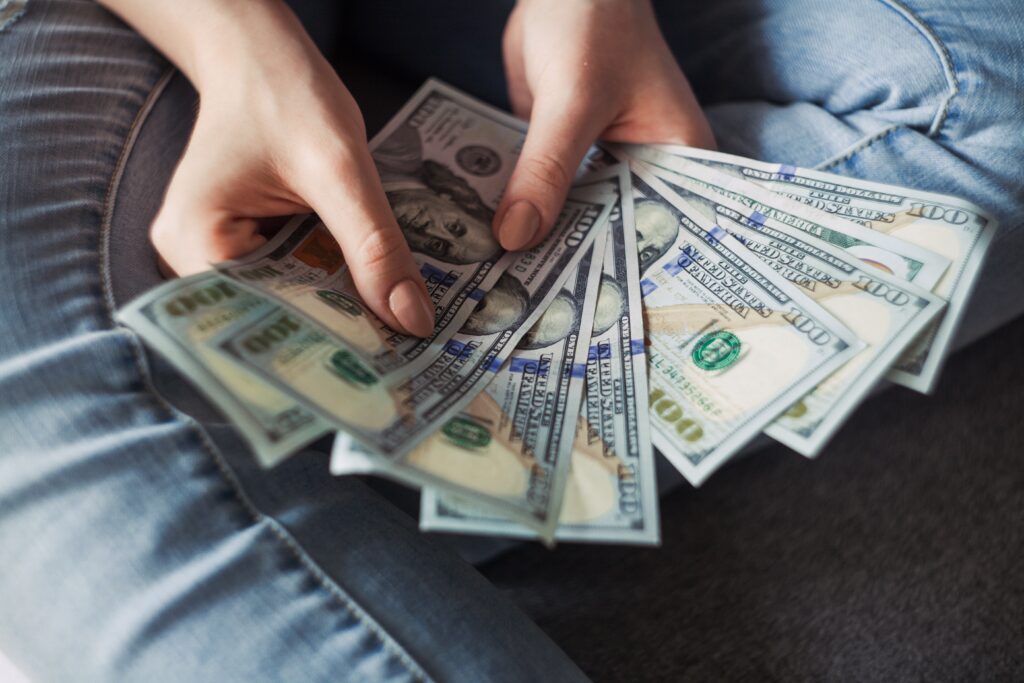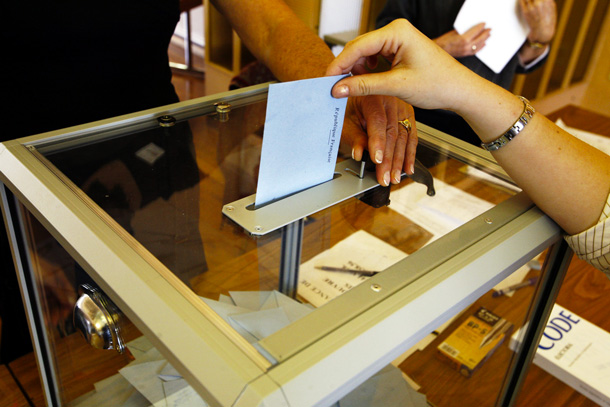As the USD nears ever closer to COP$5,000, Mat Di Salvo takes a look at why this is happening and what it means for the country.

You know it’s a hot topic when the kids are making Instagram memes about it. It seems the US dollar’s unstoppable rise – and the Colombian peso’s fall – has got lots of people taking notice of tedious economic issues.
This is because the dollar now is fast closing in on COP$5,000 per $1 – something that has never happened before. But what does this mean for Colombia, and why is everyone talking about it?
You’ve probably heard about inflation and how it’s hurting citizens’ wallets the world over. Nearly every country around the world has been hit hard and many are taking drastic measures to get it under control.
The US is perhaps taking the most aggressive action by upping interest rates in an attempt to tame 40-year high inflation. This means many people are buying dollars for various reasons, pushing the price up. At a retail level, people are less likely to borrow cash and invest, instead preferring to hold onto greenbacks.
What a strong dollar means for Colombia
This is not good news for less wealthy countries like Colombia. Why? Partly because their debt is denominated in dollars, so paying it back gets more expensive. There is some relief for exporters who receive dollars – they are currently very competitive internationally.
Colombia, however, also imports a lot from the US and Europe, like farm machinery and computer equipment; a weak peso means the country has to pay more for these foreign goods.
But this isn’t just about the dollar’s surge. The peso is falling in value too – last week it was one of the world’s most depreciated currencies. This is partly because there is financial uncertainty under the country’s new president. Investors are worried by some of the things Gustavo Petro has said and what he may do.
An example: This month, he criticised the central bank’s independence in a string of tweets. JPMorgan analysts said this brought volatility to the Colombian markets. There’s also a lack of clarity over the extent of his proposed reforms, and their financing.
This, combined with other global macroeconomic factors, is scaring off foreign investors. Colombia Risk Analysis founder Sergio Guzman told The Bogotá Post that all this has led to a decline in the value of the peso.
He said that various factors are contributing to investor fear and “raising the country’s risk profile.” These include “domestic circumstances including Petro’s statements criticising the central bank” as well as “the Finance Ministry’s lack of detail about planned spending increases and how they will be paid for.”

Mixed signals on oil
There’s another factor, too: Oil. Colombia depends heavily on oil revenues as it remains the country’s biggest export. The long-term perspective of future oil exploration is shaky as Petro has said he would like to wean the country off it. And since he has come to power, the government hasn’t been too clear about what exactly will happen.
Yessica Prieto, consultant at Colombian energy advocacy group Crudo Transparente, told The Bogotá Post that it is precisely these mixed signals about the future of Colombia’s oil industry that is spooking investors.
“The government has not been clear about what the decision on this matter will be,” she said. “There have been statements about prohibiting new exploration projects and others saying that a decision has not yet been made.”
Whatever happens with the country’s largest industry, Colombia has two difficult things to deal with right now: a super-strong safe-haven dollar and a weak peso – a toxic combination that will continue to hurt most Colombians.
But even if Colombia’s new government manages to bring stability to a shaky market, external factors like supply chain chaos, global inflation and the dollar’s surge will be difficult to deal with. The end to this situation won’t be quick, and it certainly won’t be easy.




